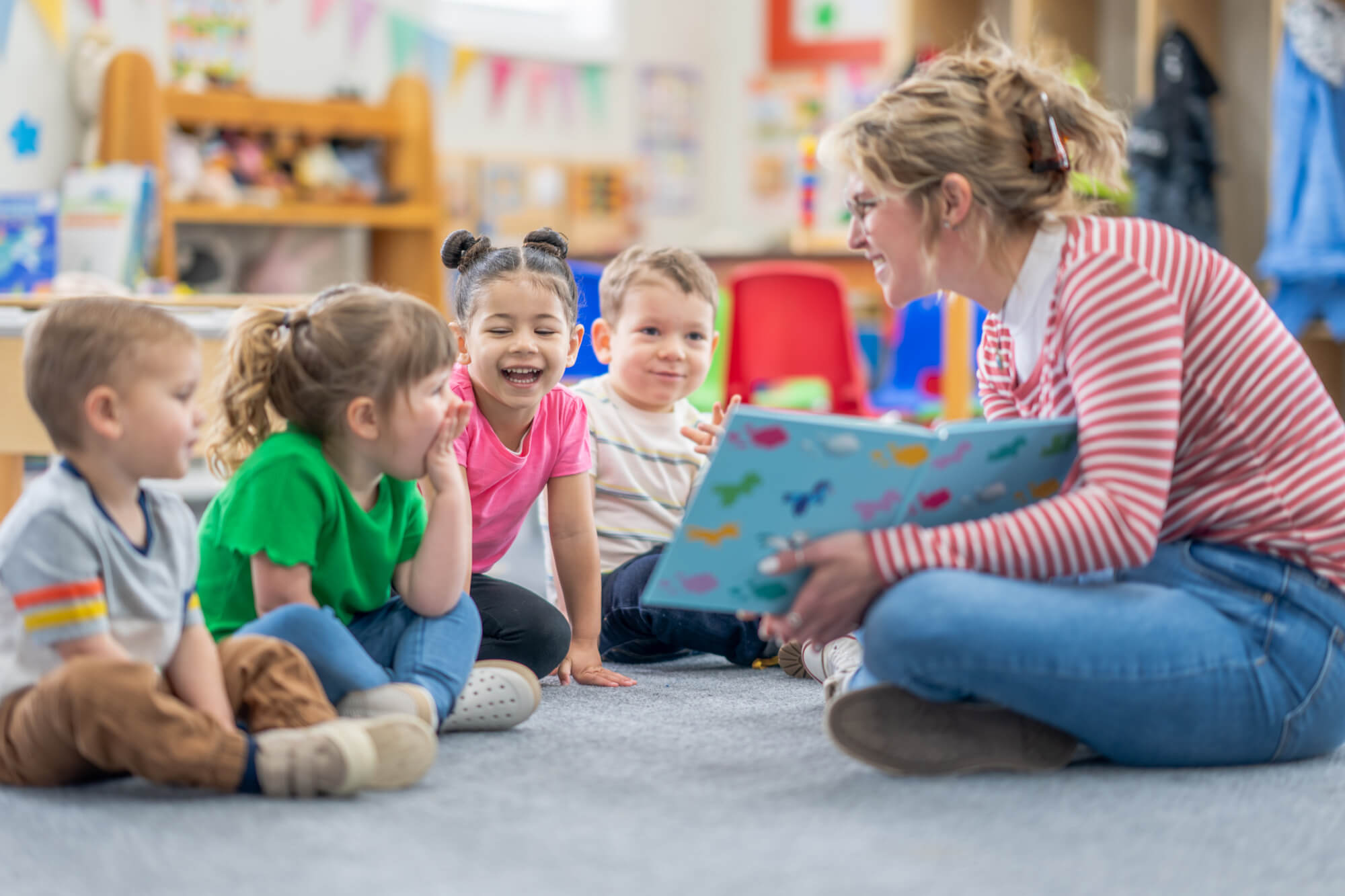Safeguarding in the Early Years

Safeguarding is key in educational settings, but in Early Years, it can look and feel a little different. When working with babies, toddlers and very young children, it’s not just about what’s said or reported.
We often focus on risks for older children such as online risks, those at risk of exploitation, or those caught up in complex family situations however, some of the most vulnerable children we meet are in our nurseries, preschools and Reception classes.
Many children in this stage of life simply can’t tell you what’s wrong, even if something is. They may not have the words yet but that doesn’t mean they don’t need the same level of safeguarding care. In fact, it means they need more. Such young children rely on the adults around them to notice when something isn’t quite right. To pick up on things that aren’t being said. To connect the dots.
The Most Common Risks in the EYFS
While the issues may vary, there are a few key safeguarding concerns that crop up again and again with our youngest learners. Here’s what to watch for:
- Neglect
- This often presents quietly. A child arriving cold, hungry, or very tired. Dirty clothes, missed medical appointments, untreated nappy rash. Individually these indicators may not represent neglect, but collectively and / or when presenting regularly they raise concerns.
- Physical signs that don’t quite fit the story
- It’s normal for toddlers to get the odd bruise, but injuries that don’t match the parent’s explanation or that appear on unusual parts of the body need to be taken seriously, especially if a child is too young to explain what happened.
- Living with domestic abuse
- Children might not see the violence directly, but they feel it. In a young child, exposure to the impact of domestic abuse can present as clinginess, extreme startle responses, sudden aggression, or unusually quiet behaviour. Sometimes, what they act out in play says more than words ever could.
- Inappropriate behaviour between children
- Though rare, we have seen cases where children model what they’ve seen at home or online. That’s why careful supervision and sensitive, early intervention is so important. Very young children don’t always understand what behaviour is appropriate and what’s not.
- Overexposure to screens or upsetting content
- Many children have access to phones and tablets long before they start school. This means they may see things that upset or confuse them. This may be revealed in what they say, how they play, or language that seems far beyond their age.
- Attachment difficulties
- Children who have not had a consistent, loving relationship with a caregiver may struggle with boundaries, forming relationships, or having the ability to calm themselves. They might lash out or they might not react at all. Either way, it signals that something may be wrong.
It is important to remember that safeguarding is not just about disclosures. It is about awareness and tuning in to indicators of change. It is about being present enough to spot the small changes and acting when something doesn’t sit quite right.
The right approach
Some of the most helpful approaches in the early years are also the simplest:
- Build strong relationships with children and families - this help us to recognise what is the norm for each individual child, and when something is unusual.
- Sharing and keeping records of concerns, no matter how small. Sharing information and tracking all concerns is important. Something that may seem minor one week might look very different when a collective picture is developed.
- Ask gentle, curious open questions when something seems off. Staff must not take on an investigative role but professional curiosity, applied appropriately, can be revealing.
- Create a calm, predictable environment - routines and consistent practice helps children feel safe and gives them the confidence to express themselves.
- Make sure all staff know how to raise a timely concern - fostering this sense of collective responsibility is essential.
Just because children in EYFS are small doesn’t mean our responsibility is. The EYFS statutory framework (EYFS Framework (DfE)) is clear, we have a duty to protect the children in our care from harm. That includes having safe recruitment processes.
Safeguarding in early years settings isn’t about waiting for a child to tell you something’s wrong. Most won’t because they can’t. What matters most is our day-to-day presence, our willingness to notice, to question, and to care.
Sara Spinks
SSS Author & Former Headteacher
14 July 2025